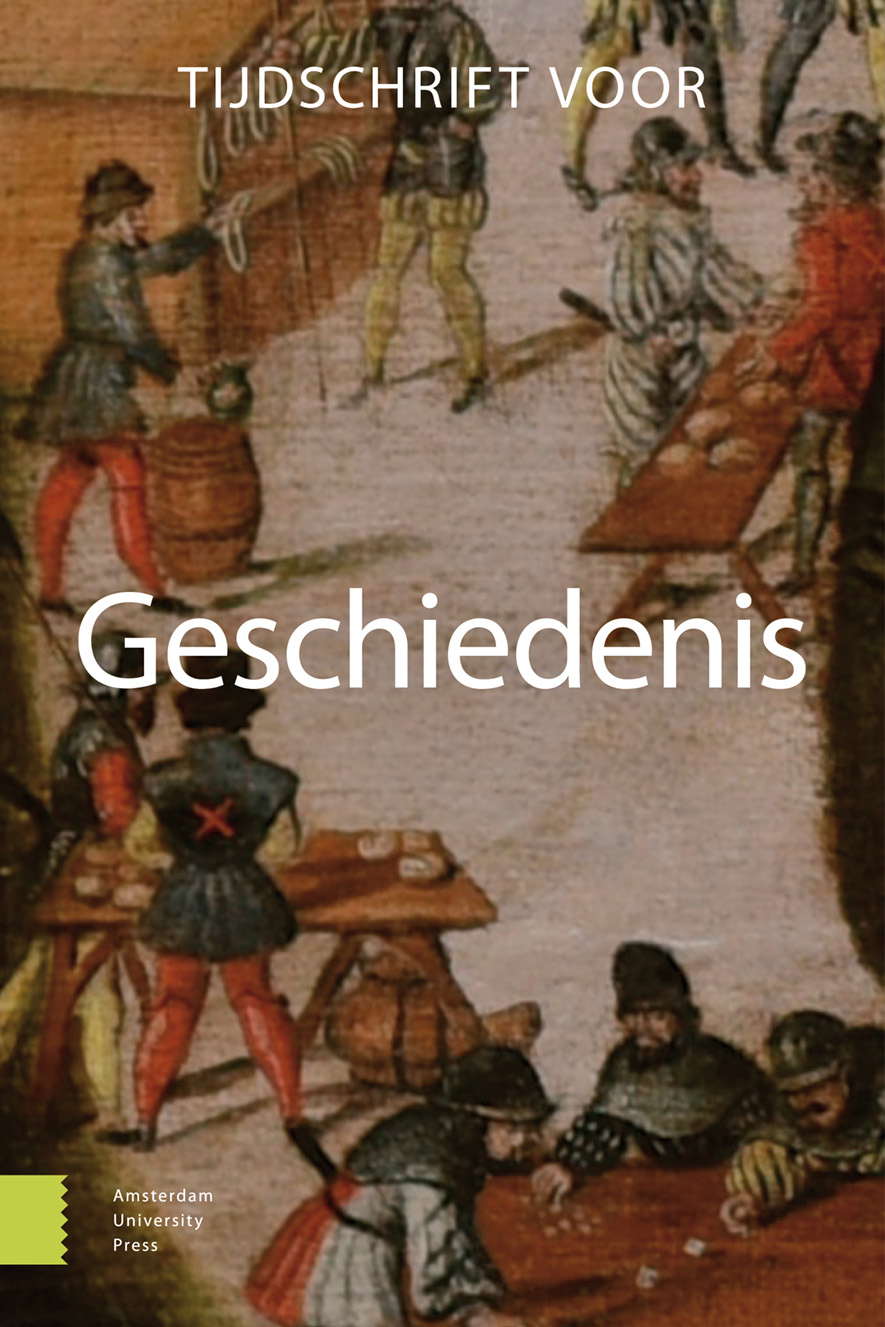-
oa Bedrieglijke eenvoud
Flandria Borealis tussen kaart en historie, tussen afbeelding en uitbeelding
- Amsterdam University Press
- Source: Tijdschrift voor Geschiedenis, Volume 130, Issue 4, Nov 2017, p. 521 - 543
- Previous Article
- Table of Contents
- Next Article
Abstract
Deceptive simplicity. Flandria Borealis: between map and history, between image and representation
At the end of the sixteenth century the development of printing technology sparked a knowledge revolution featuring an unprecedented distribution and integration of texts, images, and maps. Thorough research into these texts and maps, generally disregarded as inferior, can reveal surprising and relevant historical knowledge. Using Flandria Borealis, an engraved ‘history map’ depicting the Northern part of Flanders with the sieges of Sluis and Ostend in 1604, this article dismisses the apparent naivety of this kind of document and shows the complex relations between their topographical, narrative, scientific, entertaining, educational, mobilizing, and aesthetical perspectives and messages. It advocates use of a proper tool box and an iterative process of deconstruction which can help overcome the historian’s apprehension when analysing old maps and images and can stimulate further research into these still undervalued sources.


